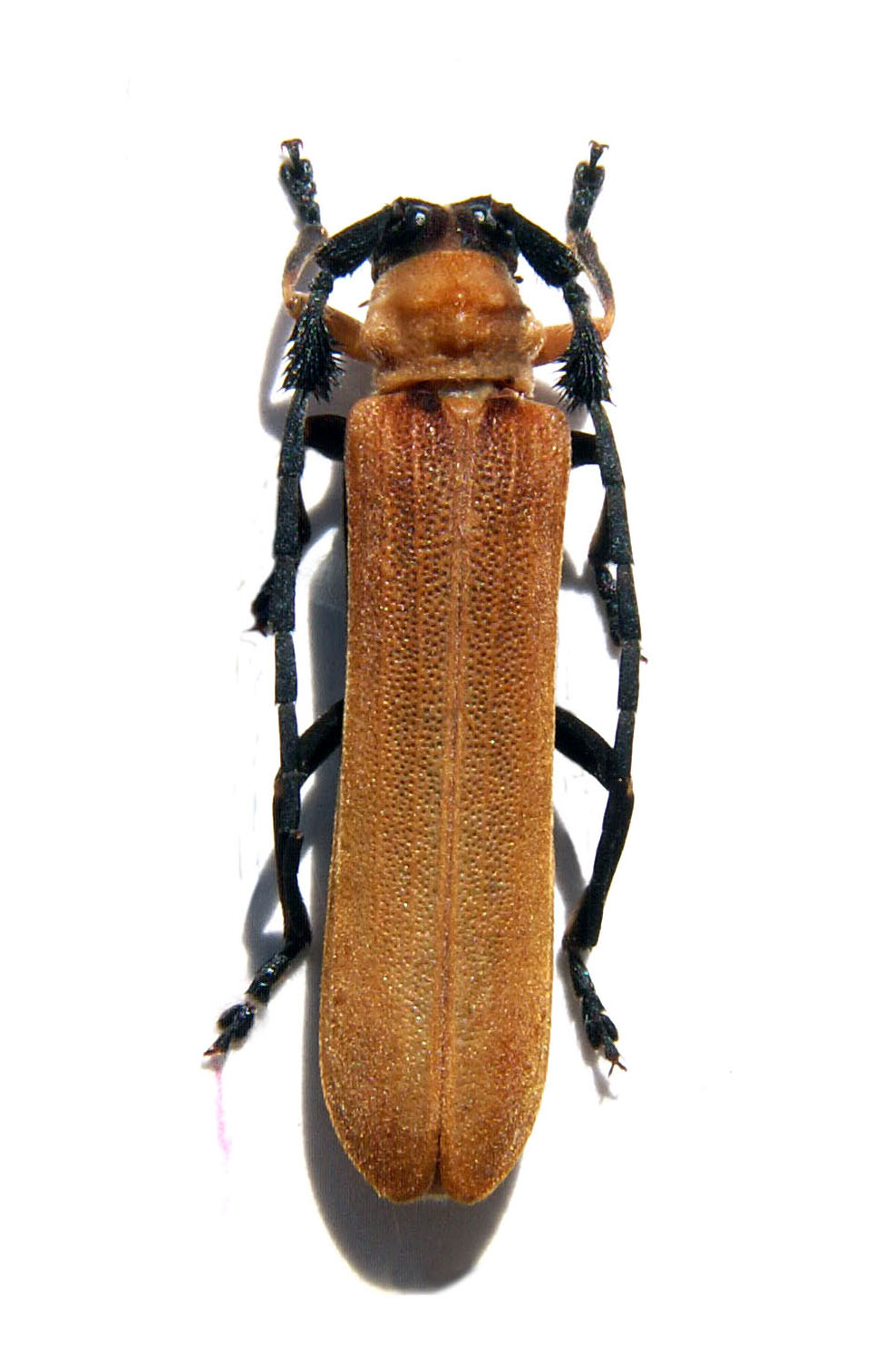| T O P I C R E V I E W |
| Capitaine |
Posted - 28/04/2015 : 17:00:44

171.13 KB
And for this other one with hairy third antennal segment, (Yunnan)
20 mm |
| 8 L A T E S T R E P L I E S (Newest First) |
| Francesco |
Posted - 12/01/2021 : 19:27:25
ICZN Art. 23.9.5. When an author discovers that a species-group name in use is a junior primary homonym [Art. 53.3] of another species-group name also in use, but the names apply to taxa not considered congeneric after 1899, the author must not automatically replace the junior homonym; the case should be referred to the Commission for a ruling under the plenary power and meanwhile prevailing usage of both names is to be maintained.
Ca reste testacea.
|
| Xavier |
Posted - 12/01/2021 : 18:03:37
Saperda testacea Saunders, 1839 étant préoccupé, le nom valide de cette espece est Linda (Dasylinda) scopigera (Thomson, 1868) in LIN M. & TAVAKILIAN G., 2019. Chrysomeloidea Cerambycidae Lamiinae. In Lin Meiting & Yang Xingke editors, Science Press (Beijing). Catalogue of Chinese Coleoptera 9: i-xxii + 1-575 |
| Capitaine |
Posted - 12/12/2015 : 15:50:47
Merci Francesco, j'en était resté à Dasylinda sp...' ' ' |
| Francesco |
Posted - 12/12/2015 : 13:18:44
Il s'agit de Linda (Dasylinda) testacea (Saunders, 1839).
Même espèce ici dans la gallery. |
| Capitaine |
Posted - 29/04/2015 : 10:55:22
On reste dans la même famille!
merci Xavier. |
| Xavier |
Posted - 28/04/2015 : 19:09:52
If this ID, here, is right, your species could belong to subgenus Dasylinda. |
| Capitaine |
Posted - 28/04/2015 : 18:19:45
Thank you Xavier, I still have a doubt as on this article http://www.hindawi.com/journals/psyche/2012/672684/
All representations of Linda sp. don't feature such hairs on the third antenae segment ... |
| Xavier |
Posted - 28/04/2015 : 17:32:09
It should belong to Linda genus. |


